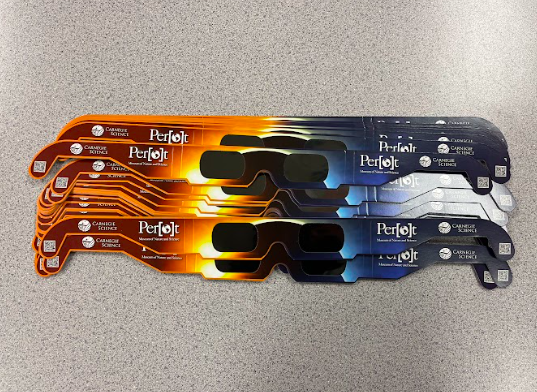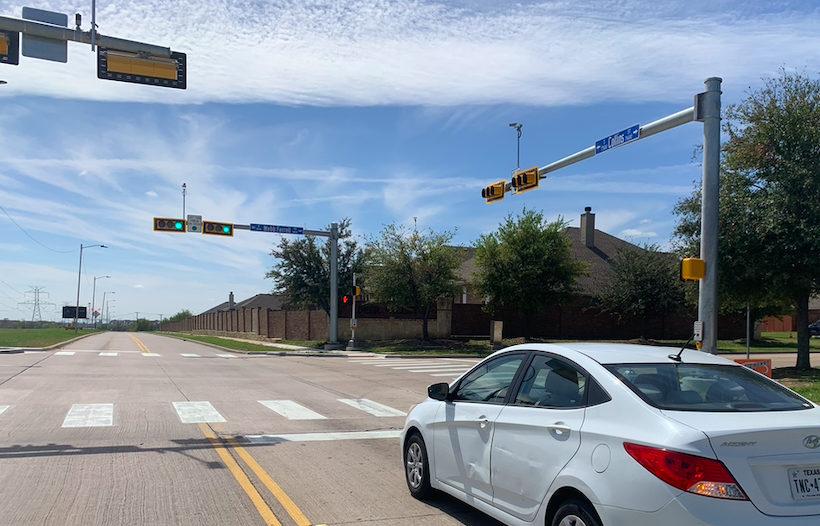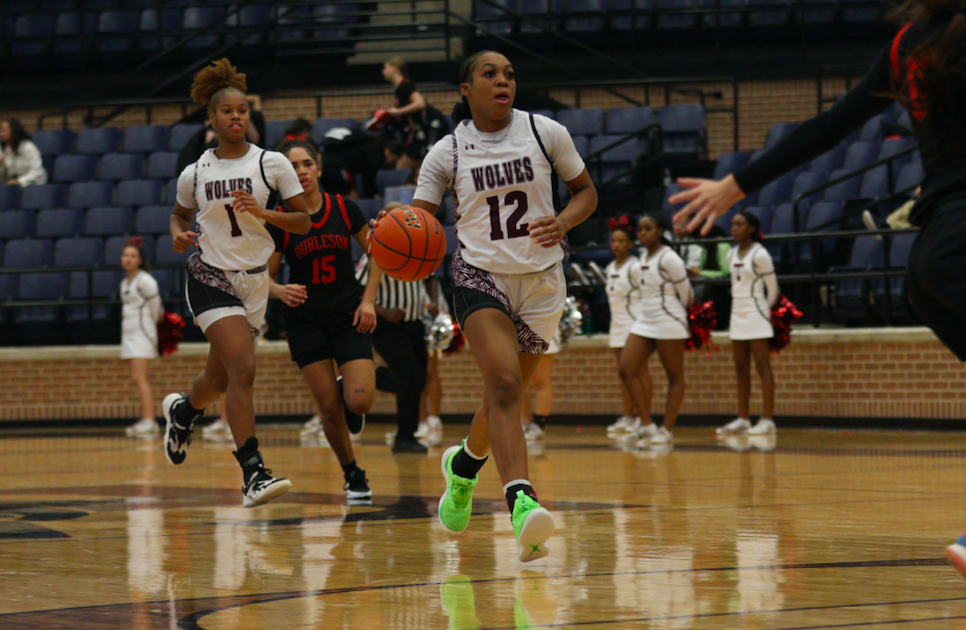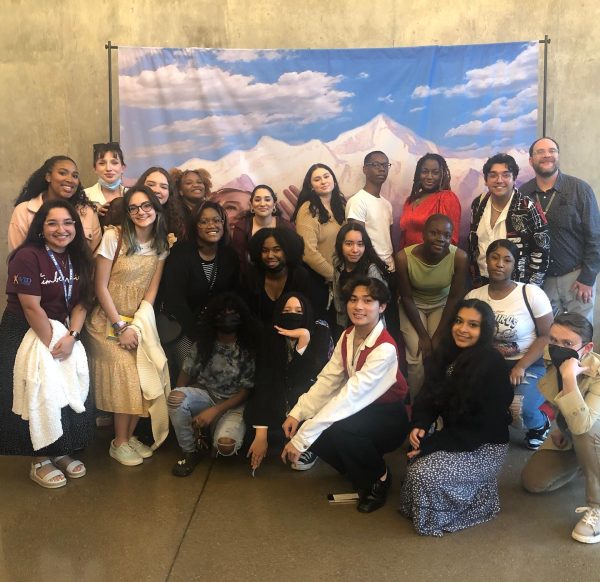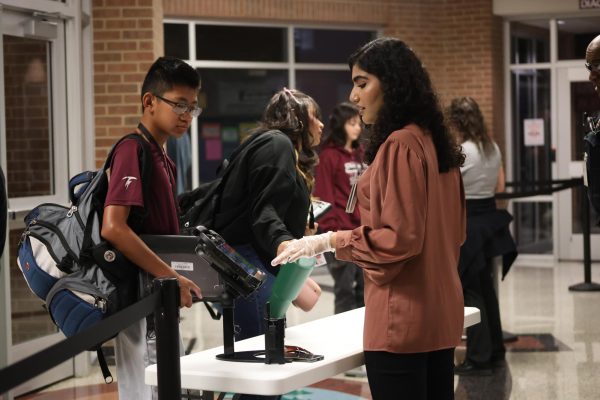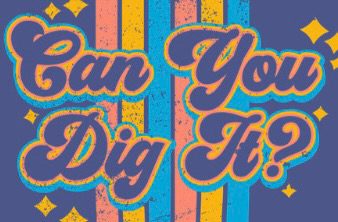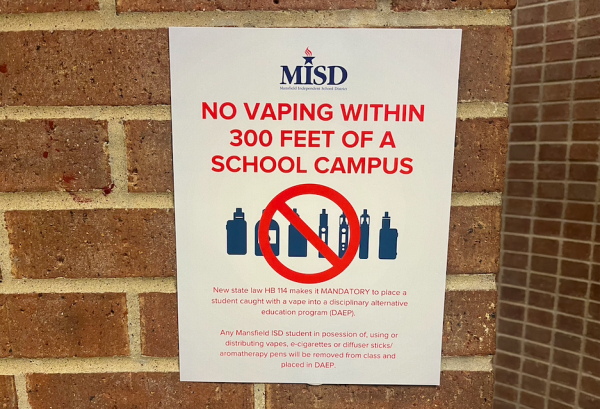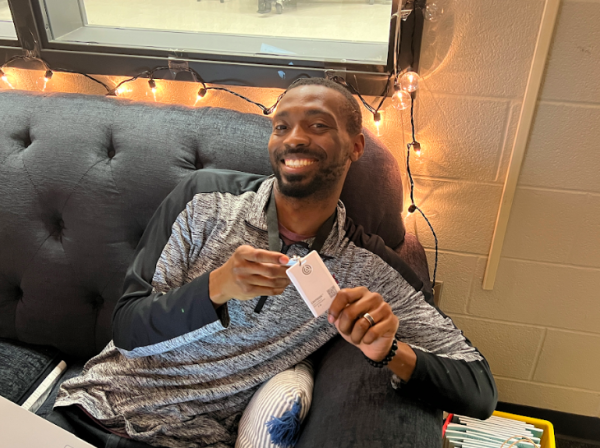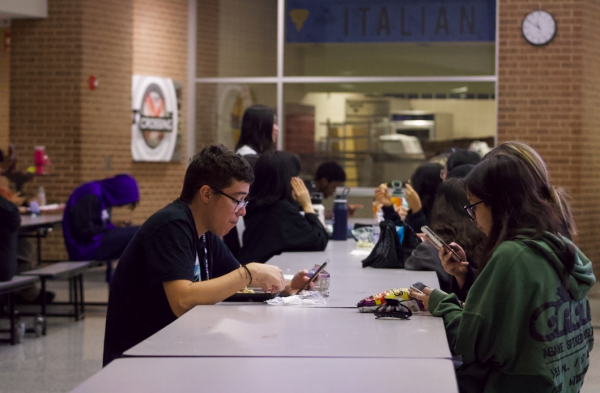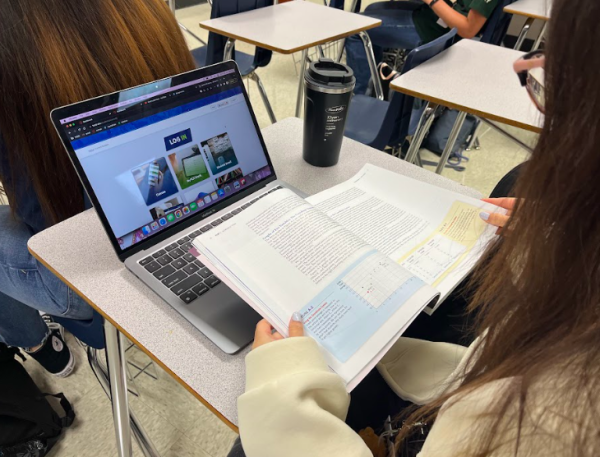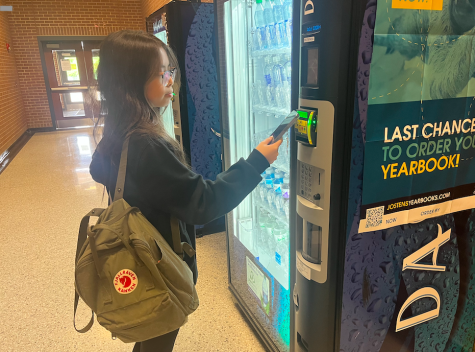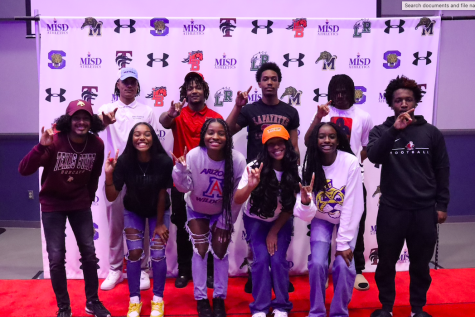Students Learn About World Religions
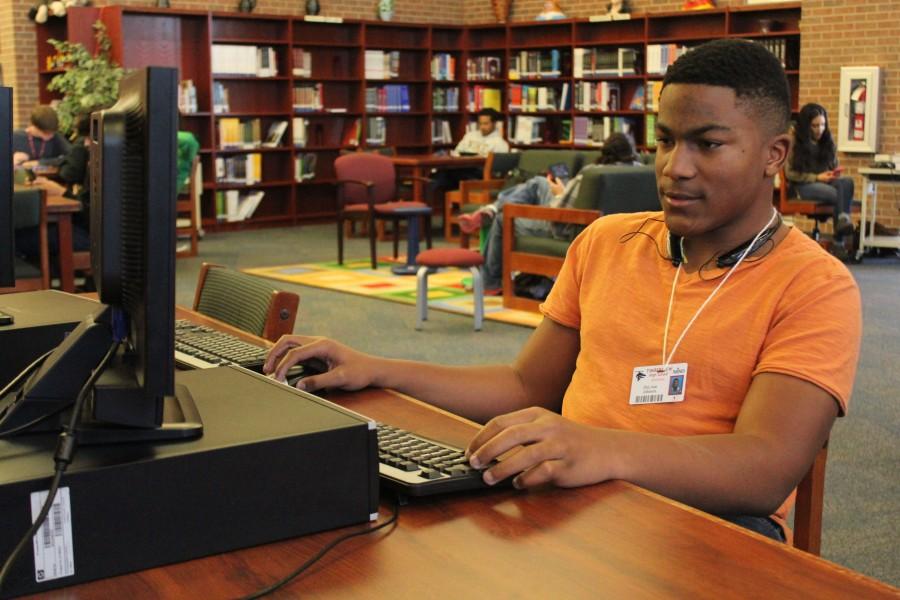
Working on his AP Human Geography project, Deterian Johnson researches a new religion. “I learned a lot about the Eastern Orthodox Church, that I didn’t know before,” Johnson said.
February 2, 2016
In order to increase the awareness of world religions, students in AP Human Geography were assigned a religion ranging from Orthodox Judaism to Scientology to research.
“I assigned this project because I wanted my students to have a basic understanding of the world religions so they can come to appreciate the diversity of beliefs in the world,” teacher Lindsay Matthews said.
The students worked on a presentation for about a week and a half.
“They researched the basic beliefs and practices of the religion as well as its origin, how it spread, its current distribution in the world and how we would see this religion in the cultural landscape,” Matthews said.
Preparing students for future courses is the main objective, Matthews said.
“We witness a lot of ignorance in the media and in society in general when it comes to religion,” Matthews said. “They will learn more about world religions when they get to World History (AP or not) so it’s important that they develop a basic understanding of them while they are in 9th grade.”
Freshman Haneefa Mashriqi was assigned Shintoism.
“It’s important to see what’s out there because there are people who don’t have any knowledge on other religions and cultures and live in like their little own bubbles,” Mashriqi said. “Some people might even rethink their own religions and choose another way to live their life.”
The topic freshman Destiny Johnson received was Orthodox Judaism.
“Since I don’t learn about religions often, I thought it was nice to find out how other people live their lives,” Johnson said. “Learning how they (remove) their past sins, (by) lying in a grave (or) throwing a chicken over their head, was interesting.”
Matthews said she hopes the similarities and differences between diverse beliefs and philosophies will soon be distinguishable.
“By having an understanding of the different religions, students come to understand that those religious extremists that we so often hear (about) in the news, don’t actually represent the core values of those religions,” Matthews said. “I hope this project opens their eyes up to the amount of diversity in the world.”



